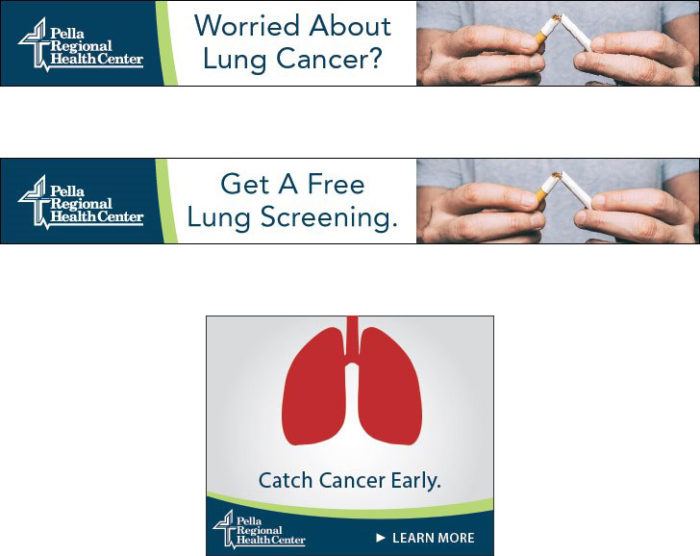Like many community healthcare organizations, Sturdy Memorial Hospital’s website was ready for a refresh. The organization knew they were seeing more visitors from mobile devices and they wanted to give all users an exceptional online experience.
That, combined with the fact providers were noticing they weren’t showing up in Google searches, made it clear the time was right to invest in their digital presence.
When the Sturdy Memorial marketing team began looking for a new vendor, they knew they wanted to work with someone who offered a CMS platform that would give control of the site back to the team. They found the right platform, and the right partner, with Geonetric.
VitalSite CMS Offers Needed Functionality and Ease of Use
Knowing how hard it was to update their previous site, ensuring their next CMS was easy to use was a top priority for the Sturdy Memorial team. With the help of their new partner, the team decided to build their new site on the VitalSite CMS platform.
For Sturdy Memorial, VitalSite offers enhanced functionality, including a provider directory with enhanced provider profiles, a services directory with an A-Z listing, a robust calendar and events directory, and a location directory that allowed the hospital and their many medical associates a place to tell their story. Since their redesign strategy included consolidating more than 20 microsites into the new, main system site, having dedicated places for location and service line content was key.
Another important feature VitalSite delivered to the Sturdy Memorial strategy was the ability to dynamically link information from all the directories throughout the site. This aided the organization’s move to be patient-centric, so now as a site visitor searched for information, they would automatically be presented with related content. For example, patients seeking information about heart and vascular care can also see related locations, related providers, related events, and related news alongside the service line content.
Best of all, this improved functionality didn’t mean the team had to sacrifice ease of use. This gives control of the site back to the Sturdy Memorial team, so they can easily add or remove pages, images, content, locations, and providers as the organization grows and evolves.
An Improved Experience from Design to Content
The enchantments didn’t stop with the new CMS and functionality.
The site also has a fresh, responsive design featuring improved patient-centric imagery and eye-catching calls-to-action. The rotating banner allows the team to feature different services, providers, or locations as well as the opportunity to coordinate with offline campaigns when needed.
A solid content strategy and new information architecture improved labels across the site’s navigation, making it easy for visitors to find what they need. The prominent main navigation covers the scope of information offered on the site that pertains to health consumers. Secondary navigation covers secondary audiences, such as job seekers and volunteers, and the task navigation offers a quick way for all visitors to find an urgent care center, make a donation, or access the patient portal.
In addition, the Sturdy Memorial team invested in improving service line content across the site, following best practices shared by Geonetric. With a detailed content matrix in hand guiding recommendations to improve content for users and search engines, the Sturdy Memorial team revised and wrote fresh content throughout, as well as condensed duplicate content to create a better user experience.
Traffic Tells a Story of Success
Since launch in October of 2017, the Sturdy Memorial site is enjoying impressive results. Overall traffic has increased by 116%, mobile traffic has increased by 220%, and organic search traffic has increased by 199%.
Their priority service lines are seeing notable sessions, with primary care getting the most pageviews among the service lines. Most service lines had 80% of their pages view come from organic search users. In addition, the provider directory continuously brings in the most pageviews across the entire site, with 82% of that traffic coming from organic search users.













